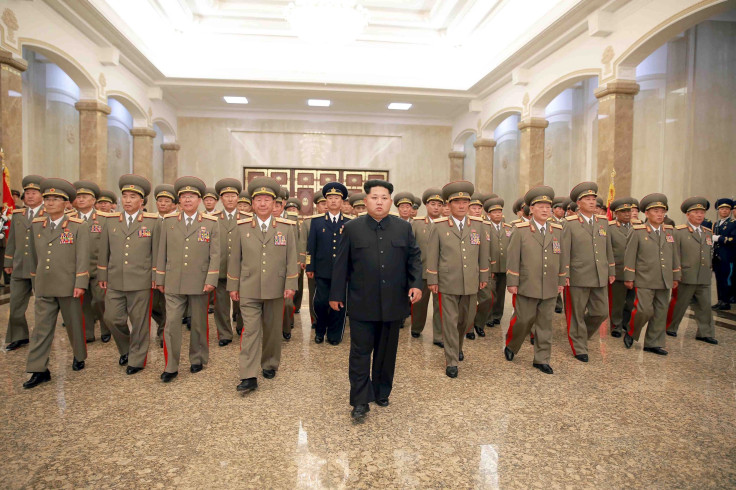North Korea Purges: Kim Jong Un Bigger Threat To South Than His Father

A South Korean analyst says that the leader of North Korea, Kim Jong Un, may be more of a threat to South Korea than his late father, as suspicions rise that former defense minister Hyong Yong Chol may have been executed earlier this year, after he called Kim a “young person.” He also said that Kim was neglecting his duties.
Hyong's execution, which was reportedly carried out with anti-aircraft weapons, is one of a series of suspected executions to purge what Kim apparently sees as a tier of bloated military elites.
“It would be more realistic to see Kim Jong Un as more of a threat” to South Korea than his father, Chung Sung-jang, a researcher at South Korea’s Sejong Institute told UPI.com .
North Korea has recently been developing ballistic missile launch capacities and could test a newly built launch platform for long-range missiles during a celebration in October. North Korea is currently banned from launching ballistic missiles, however the country has previously tested missile launches.

Analysts say that Kim has gone farther than purging military officials to ensure he is seen as the only legitimate ruler and leader of North Korea, using propaganda and his considerable power to ensure that his position is unquestionable. He has begun removing photos of his father and grandfather from public places. Both were leaders of North Korea before him, and the latter, Kim Il Sung, was installed by the Soviets as first leader of the country, established in 1948. The government is reportedly fairly stable in spite of the purges.
Earlier this month, the North Korean government held local elections that were credited with 100 percent voter turnout. For each office, voters were given the choice to mark “yes” or “no” for one candidate, but they were threatened with treason charges and loss of their job if they voted “no.”
© Copyright IBTimes 2025. All rights reserved.






















